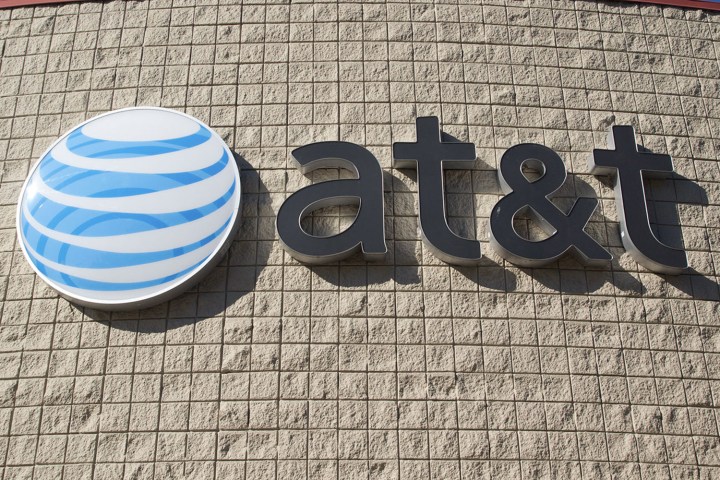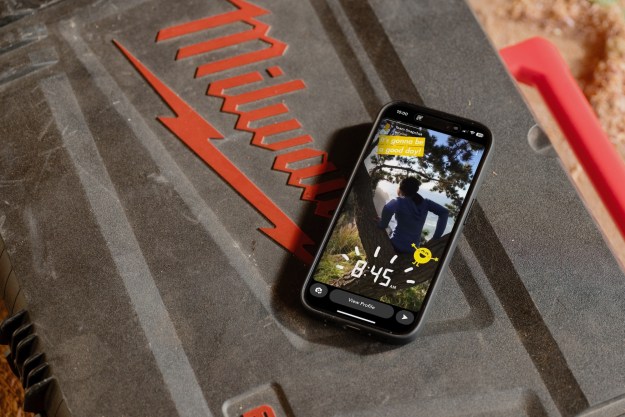
The first responder network has its genesis in the days that followed the events of September 11, 2001. The 9/11 Commission recommended the network as a way to combat the communications challenges that first responders had to contend with in the aftermath of the terrorist attacks. In March of this year, the federal government awarded the job of creating this network to AT&T.
AT&T has cited several advantages that membership in its FirstNet program will provide to first responders. Arguably, the most important is the fact that they have immediate and priority access to AT&T’s LTE communications network. AT&T said that the FirstNet will be especially helpful to first responders in rural areas, whose coverage AT&T recently expanded, as it will provide a reliable means of communication.
It will also not cost anything for the communities that use this network. AT&T has pledged to invest $40 billion to develop FirstNet. First Responder Network Authority will also be providing success-based payments from a $6.5 billion fund raised from FCC spectrum auctions. This means that taxpayers will not be footing the bill for this program.
Currently, FirstNet consists of the 50 states, D.C., Puerto Rico, and the U.S. Virgin Islands. It may also grow to include the three Pacific territories of American Samoa, Guam, and Northern Mariana Islands. The states had until last Thursday to join FirstNet or begin work on their own public responder network. Reuters reports that decisions from the three Pacific territories are not due until March 12, 2018.
In addition to the public safety benefits, FirstNet also provides some benefits to AT&T’s customers, as the carrier will be allowed to use its increased spectrum to provide more data to its customers when it is not being used by first responders.
AT&T says it spent most of 2017 readying its existing infrastructure to provide a solid foundation for FirstNet. In 2018, it will work to expand improve its infrastructure and expand LTE coverage.
Editors' Recommendations
- AT&T just made its FirstNet plans a lot more helpful for first responders
- In a disaster, AT&T goes to extremes to get you back online
- T-Mobile becomes the first carrier to create a nationwide U.S. 5G network
- AT&T claims title as first U.S. carrier to hit 2Gbps on 5G network

